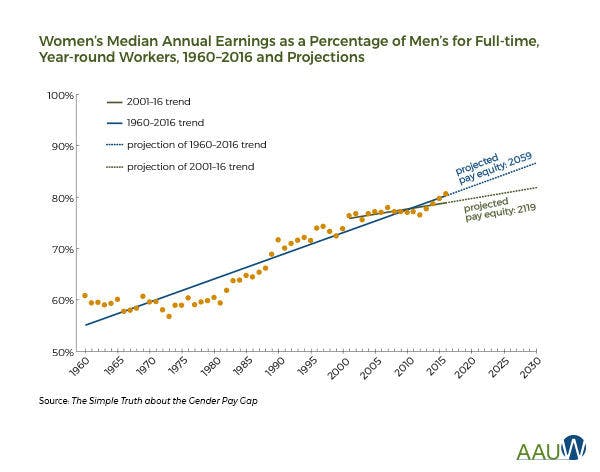The best. #womensmarch2018 pic.twitter.com/gI5ofHyVoz
— Martha Plimpton (@MarthaPlimpton) January 23, 2018
Millions gathered all around the world for the 2018 Women’s March exactly one year after President Donald Trump took office with a purpose to unify all women and work toward transformative social change, according to its website. The march is to bring awareness to the idea that women are not treated equally in society.
While the majority of marching was held in the United States, marches also happened in cities such as London, Rome and Tokyo in previously.
While some people believe that strictly means women are not equal to men, it also means that some women are not equal to other women. White women have the most privilege compared to black, Muslim or transgender women. The list goes on.
There’s major controversy in the United States specifically that women are marching for ideas that don’t truly exist. There’s a stigma around the idea of oppression against women.
Historically, it’s well known that women have had to fight for their rights. Something that was fought for the most in the nineteenth and twentieth centuries was the right to vote. Women all over the United States marched and fought for that privilege, and ultimately it was given to them in 1920.
The battle didn’t end there. While women are seen more equally in today’s society than they were 100 years ago, there’s still a long way to go. Women are still very much seen as inferior to men, even in the smallest of ways.
Statistically, women are generally paid less than men. According to the American Association of University Women (AAUW), there’s a 20 percent wage gap between what the average white male makes and what a white woman makes. The wage gap varies by race.

The history of the gender wage gap, according to AAUW.
There’s also a lot of violence against women, especially centering around sexual assault. According to the Rape, Abuse and Incest National Network (RAINN), one in six American women have been the victim of rape or attempted rape.
Reproductive rights are also a major issue that women fight for. In 1973, the landmark case Roe v. Wade made abortion legal and was a historical moment for women’s reproductive rights.


Since Trump’s presidency, there’s been fear that Roe v. Wade will be overturned, making abortion illegal again and also impacting the availability of birth control.
Women are fighting against any cuts or restrictions to the access of quality reproductive healthcare services, birth control or medically accurate sexuality education. This means open access to safe, legal, affordable abortion and birth control for everyone, regardless of income, location or education.
It’s 2018 - we shouldn’t have to march anymore. We shouldn’t have to fight to be seen as equal and listen to others telling us that we have no reason to be marching; that’s the exact reason the march exists.
Maybe 100 years from now, there will be perfect equality and equity. It’s up to the young people of today to fight for a change.
When women march, they are marching for not just equality, but for respect. A respect that should’ve been granted to them a long time ago.
A large crowd of marchers walking down Pennsylvania Avenue in Washington, D.C.










